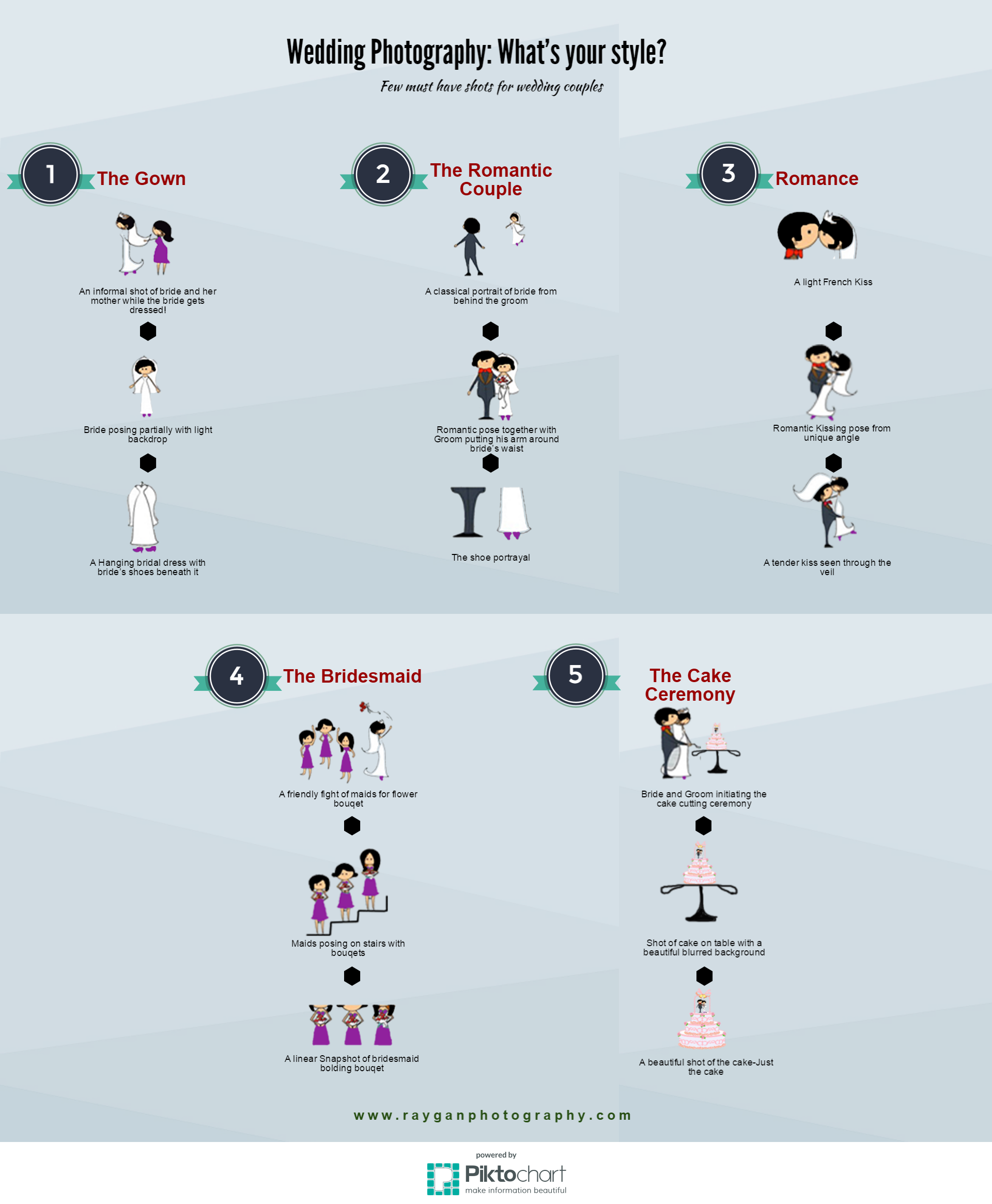Transform Your Digital Photography By Grasping Illumination Methods That Can Elevate Your Pictures-- Uncover The Typical Mistakes That Could Be Holding You Back
Transform Your Digital Photography By Grasping Illumination Methods That Can Elevate Your Pictures-- Uncover The Typical Mistakes That Could Be Holding You Back
Blog Article
Created By-Rogers Brady
As a photographer, you recognize that lights can make or damage your images. Comprehending copyright photographer of both all-natural and man-made light is crucial for capturing the state of mind and clearness you aim for in your work. Whether you're chasing the best golden hour glow or adjust your fabricated setups, understanding these elements can elevate your photography considerably. But there are common pitfalls that lots of overlook, and acknowledging them can transform your technique to every shoot. Allow's discover what you might be missing out on and how it can influence your results.
Recognizing All-natural Light
Recognizing all-natural light is crucial for any kind of digital photographer looking to enhance their job. It's the structure of fantastic digital photography, affecting state of mind, tone, and clarity. When you shoot outdoors, take notice of the time of day. The golden hour-- shortly after sunup and before sunset-- uses soft, warm light that can change normal scenes into spectacular pictures.
Do not underestimate Link Website of overcast days. Cloud cover diffuses sunlight, creating a soft, even light that's perfect for portraits and macro photography. You'll find colors pop in this kind of lighting without severe darkness.
Positioning matters, also. Constantly consider your subject's alignment to the light source. If the sun's behind your topic, you may wind up with a shape, which can be remarkable but mightn't be what you desire. Conversely, direct sunlight can create uncomplimentary shadows.
Experiment with angles; in some cases, altering your perspective can produce fantastic outcomes. Usage all-natural reflectors, like water or sand, to jump light onto your topic, adding measurement.
Learning Artificial Light
Mastering artificial light is necessary for photographers who want to take their abilities to the following degree. Whether you're utilizing speedlights, workshop strobes, or constant lights, understanding how to adjust these sources can dramatically enhance your images.
Begin by familiarizing yourself with the basics of light top quality, instructions, and shade temperature level. Explore various modifiers like softboxes, umbrellas, or grids to regulate the softness or harshness of the light.
You'll discover that soft light frequently develops complementary results, while harsher light can add drama and depth. Do not shy away from darkness; they can boost the three-dimensionality of your subjects.
Pay attention to the placement of your lights. A light positioned too near to your topic can develop unflattering outcomes, while as well away can result in a lack of detail. Make use of a light meter or your camera's histogram to guarantee you're exposing appropriately.
https://writeablog.net/tracy20cheryle/important-digital-photography-equipment-what-you-actually-need-to-start but not least, keep in mind that synthetic light can be blended with ambient light for imaginative effects. Stabilizing these sources may take method, once you understand it, your photography will really beam.
Techniques for Different Situations
When you step into various shooting scenarios, adapting your lighting techniques is important for catching the very best images. For exterior pictures, make use of the gold hour-- early morning or late afternoon light-- to soften darkness and enhance skin tones.
If it's a harsh noontime sun, consider using a reflector to jump light back onto your topic or seek shaded areas for an extra even direct exposure.
In low-light circumstances, like interior events, increase your ISO and utilize a vast aperture to let in even more light. A tripod can assist get rid of camera shake, permitting longer exposures without blurring.
If you're shooting at night, explore off-camera flash to produce vibrant illumination and deepness in your photos.
For item photography, utilize diffused lights to avoid harsh reflections. Softboxes or light camping tents can assist attain this result.
When photographing landscapes, consider the direction of light and time of day, as it can substantially transform the state of mind of your shot.
Always be ready to readjust your settings and positioning based upon the scenario, as flexibility is essential to understanding lights in photography.
Verdict
Finally, mastering illumination is vital to boosting your photography abilities. Welcome natural light's charm during golden hour, and do not shy away from trying out artificial light methods. By adapting your strategy to different scenarios, you'll capture magnificent images that resonate with emotion and clearness. Keep in mind, the ideal illumination can change a normal shot into something remarkable, so maintain exercising and refining your understanding of both natural and man-made light. Satisfied shooting!
